Ever wondered how to make minibag that’s both cute and useful? This easy Origami minibag is a fun little project that anyone can try—no experience required.
Folding paper into something as stylish as a bag? Yep. It’s not just possible—it’s pretty satisfying too.
Stick around, because I’ll walk you through each fold, flap, and crease in this simple minibag step by step. Let’s do this together.
What’s an Origami Minibag?
An Origami minibag is a tiny paper bag made entirely by folding a single square of paper. No scissors. No glue. Just you and the folds.
It’s not only cute—it’s also surprisingly sturdy. I’ve used mine to hold paper clips, tea bags, even tiny treats at a party.
And the best part? It feels like a little piece of magic. You start with a flat sheet, follow the folds, and suddenly—bam! You’ve got a bag.
Why You’ll Love This Origami Project
If you’re looking for something:
- Relaxing but satisfying
- Creative but structured
- Quick but impressive
Then this Origami minibag is exactly your kind of thing. Whether you’re folding solo on a rainy afternoon or showing a classroom full of eager hands, this project delivers.
Materials Needed
Let’s start with the basics. You’ll need just a few things.
| Material | Details | Alternatives |
|---|---|---|
| Paper Size | 9″ × 9″ square paper | Any square sheet (6″, 12″, etc.) |
| Paper Type | Lightweight origami paper | Printer paper, gift wrap, craft paper |
| Optional Add-ons | Decorative strips for handles | Washi tape, colored strips, ribbons |
| Workspace | Clean, flat surface | Desk, table, tray |
| Folding Tool (optional) | Bone folder or ruler edge | Fingernail, spoon handle |
Let’s Fold: Origami Minibag Instructions (Step-by-Step)
Alright, now for the fun part. Grab your paper, and follow along.
Step 1: Start with a Square
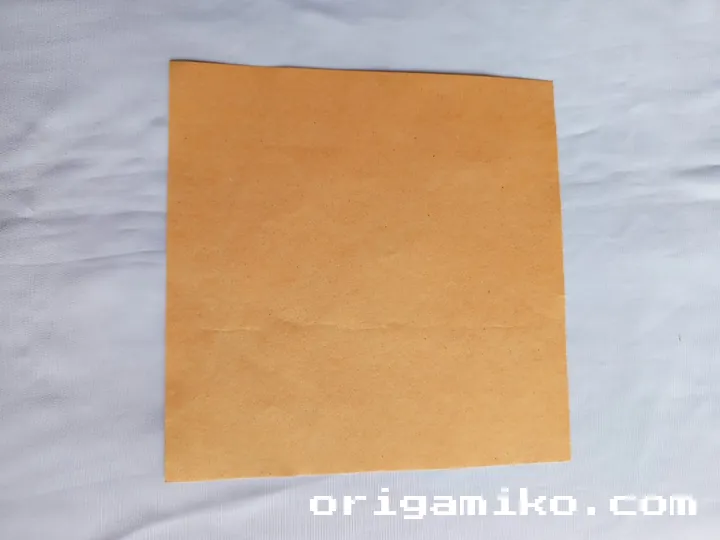
- Take your 9″ × 9″ square paper.
- Place it on a flat surface, pattern side down (if it has one).
Step 2: Fold and Unfold All Corners
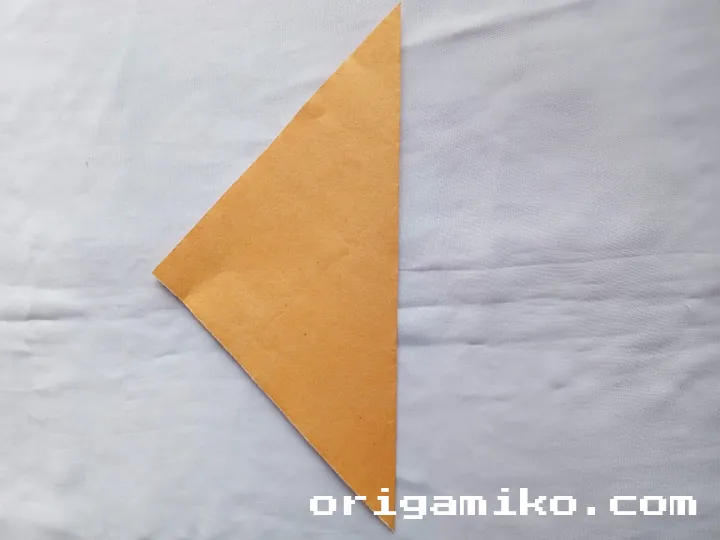
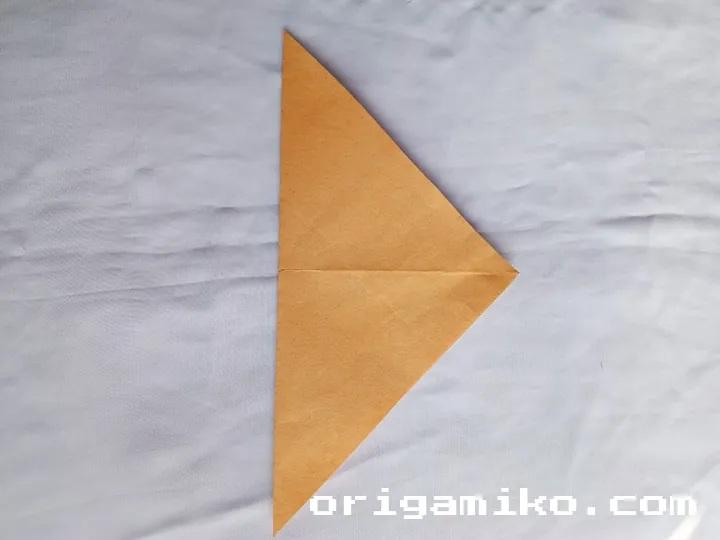
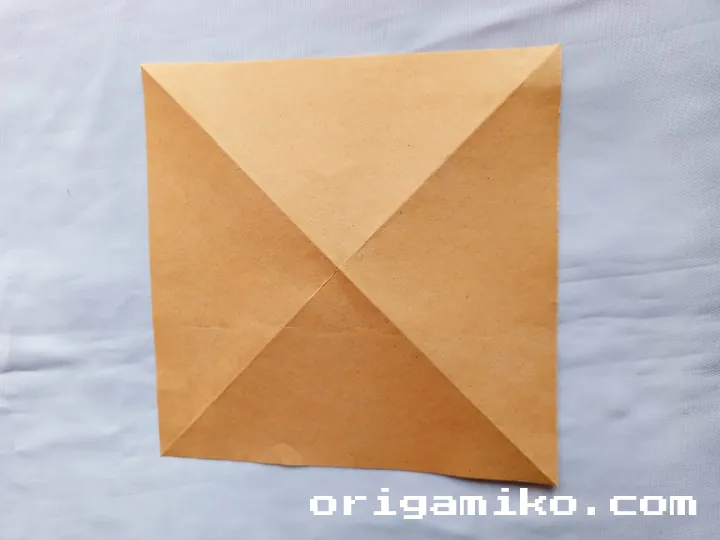
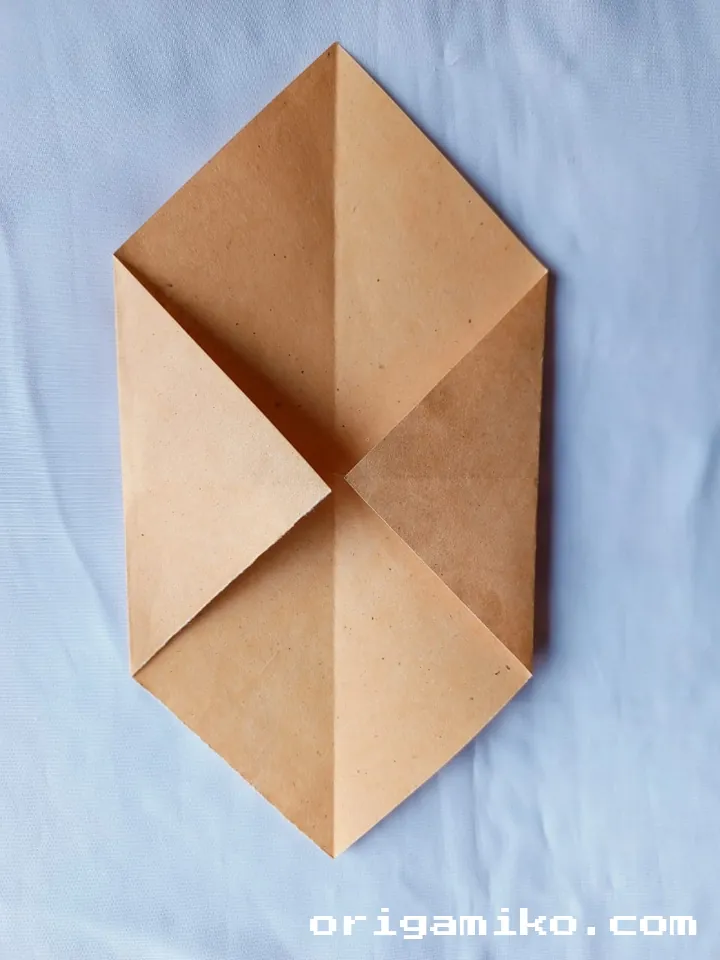
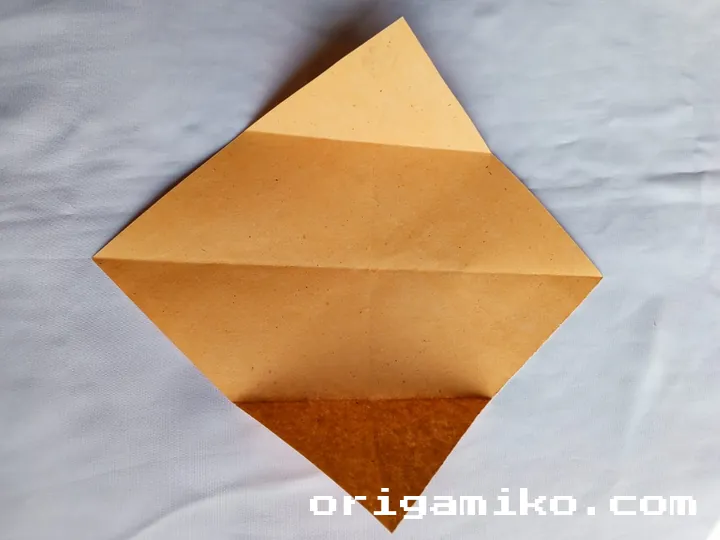
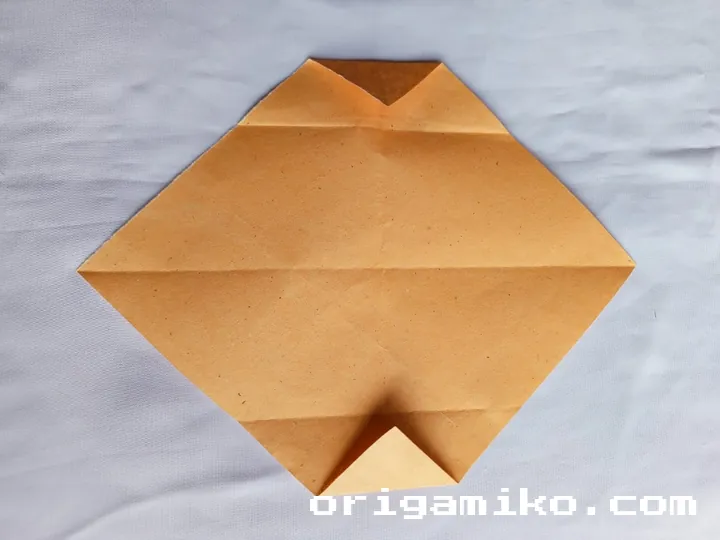

- Fold the top-left corner to the bottom-right, crease, then unfold.
- Fold the top-right corner to the bottom-left, crease, then unfold.
- Repeat for the remaining two corners.
- When you’re done, your paper should look like a big “X” in crease lines.
Step 3: Fold and Unfold As Shown
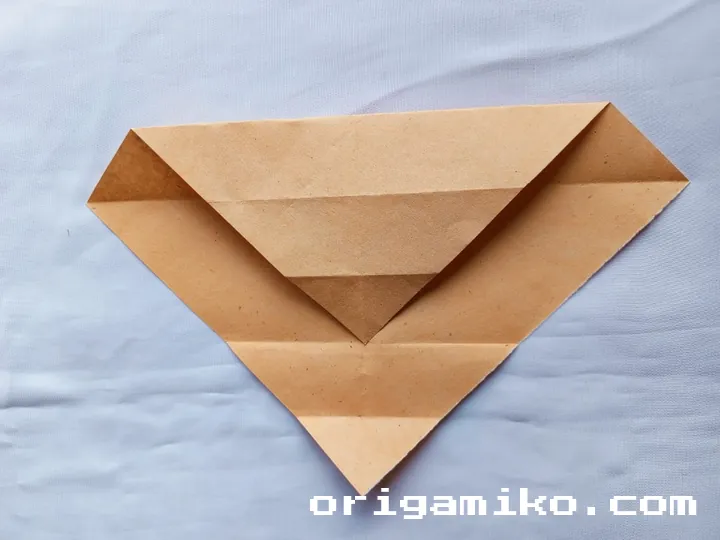
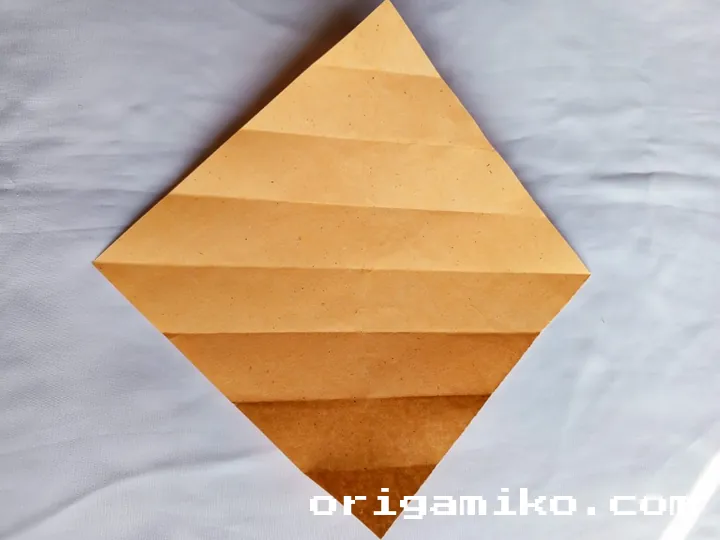
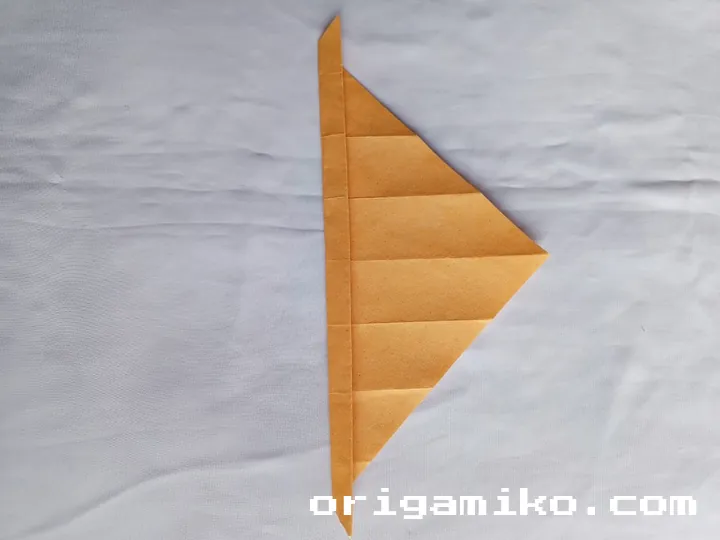
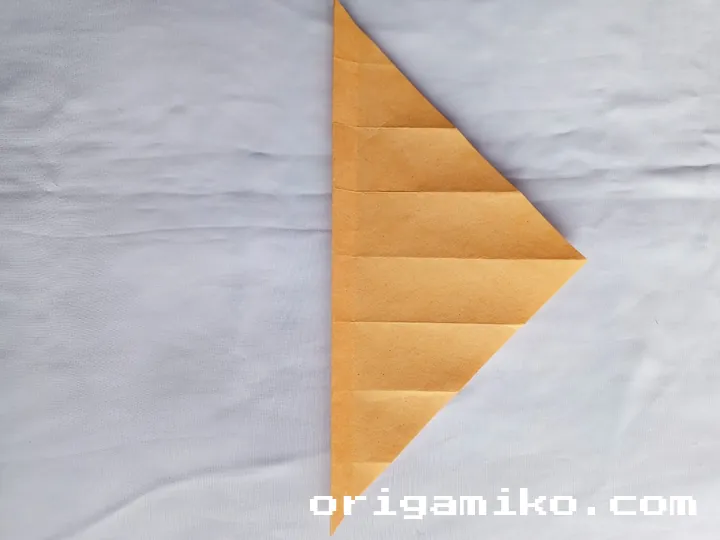
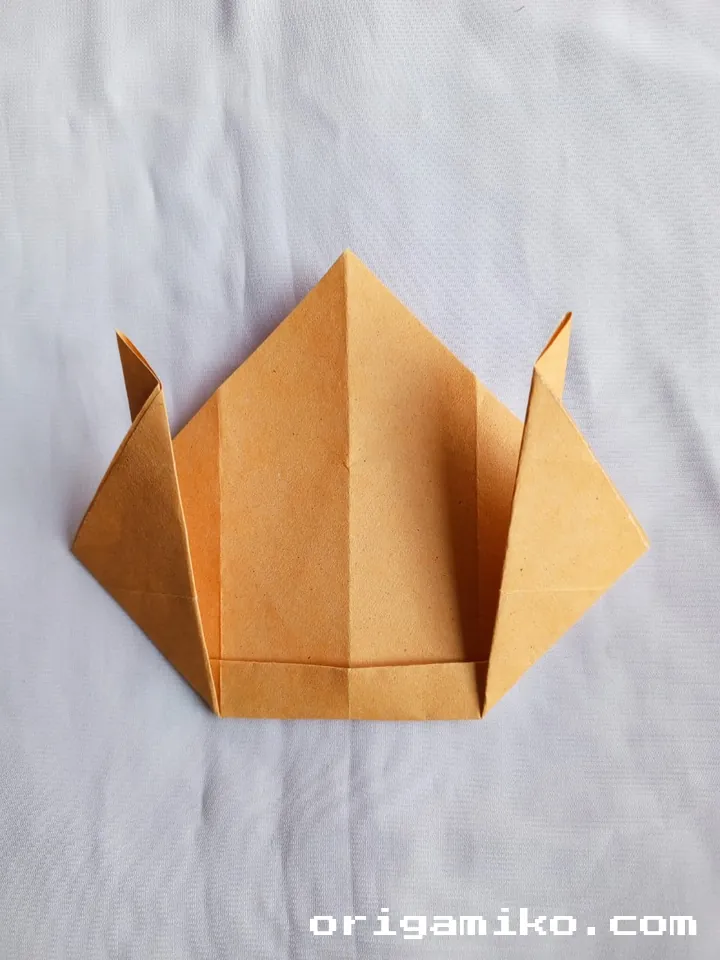
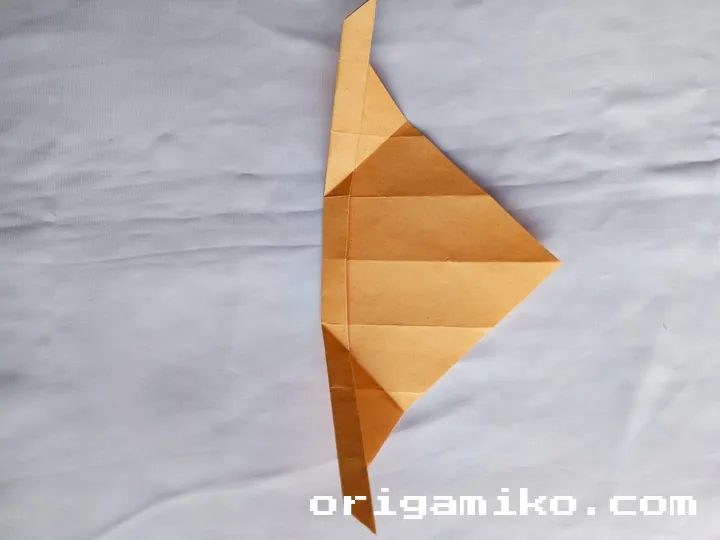


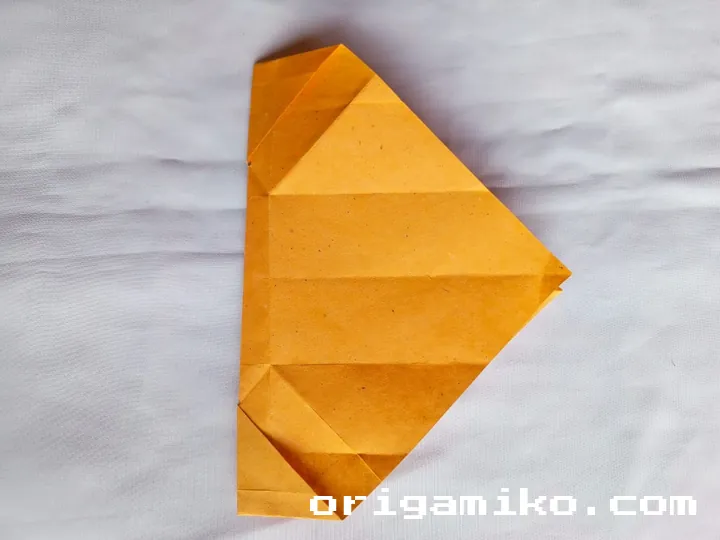
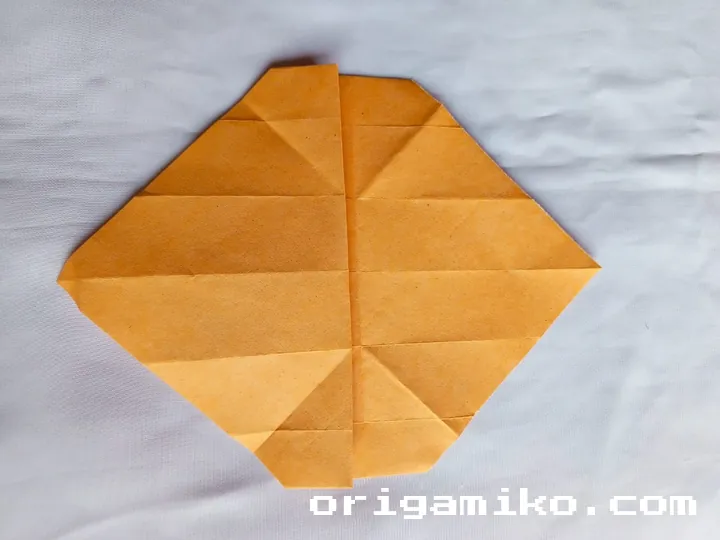
- This one’s about locking in symmetry.
- Fold the top edge to meet the bottom edge. Crease. Unfold.
- Fold the left edge to meet the right edge. Crease. Unfold.
Step 4: Pre-Crease the Main Bag Sections
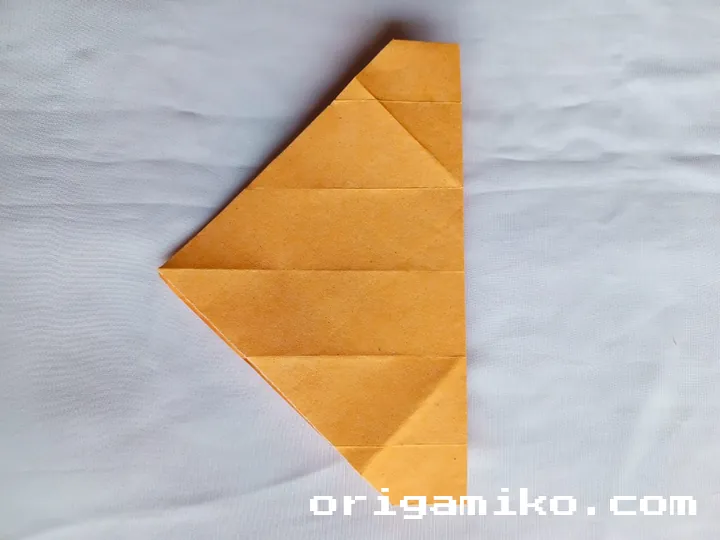
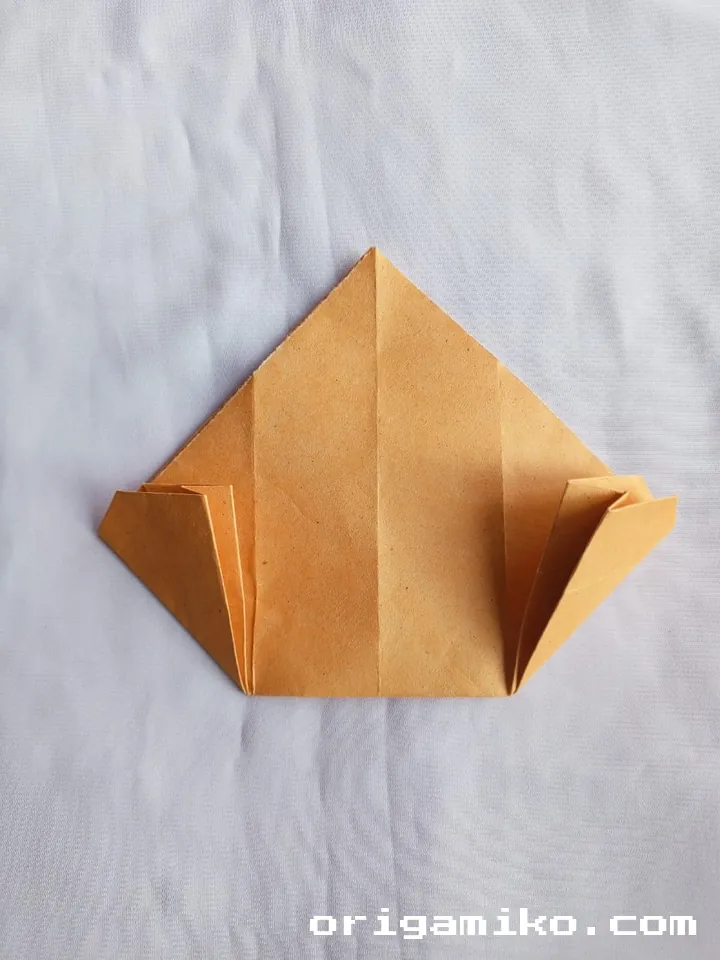
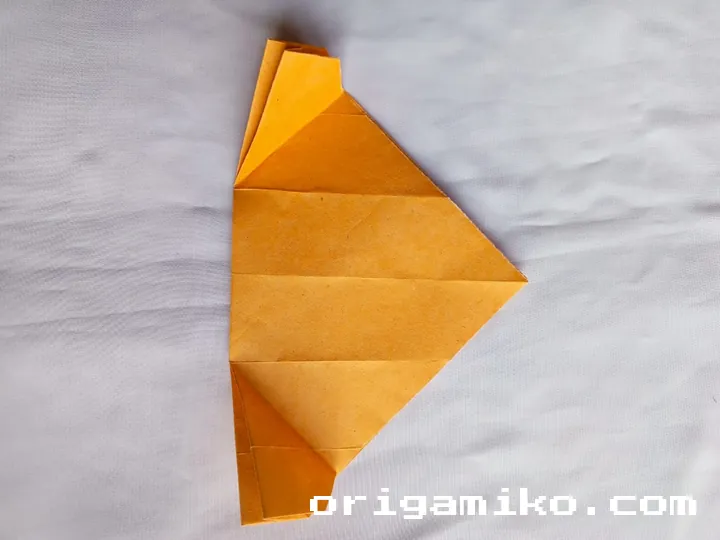
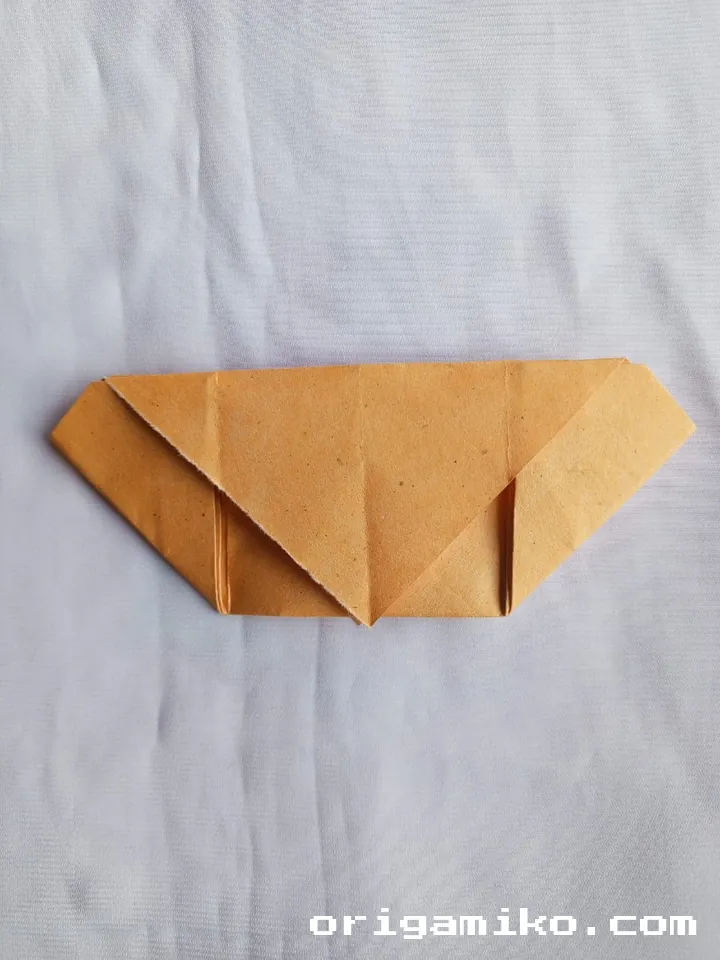
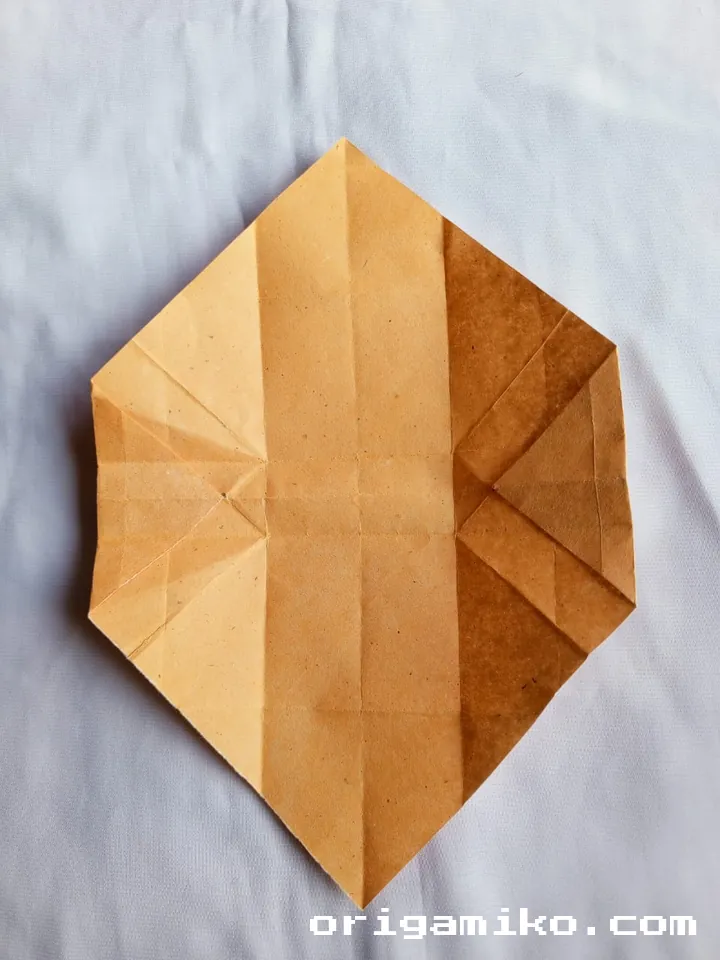
- Fold both vertical sides inward toward the center crease. Unfold.
- Now fold the paper horizontally in half (top to bottom). Unfold.
This gives you a neat grid with creases guiding you for the next folds.
Step 5: Shape the Sides of the Bag
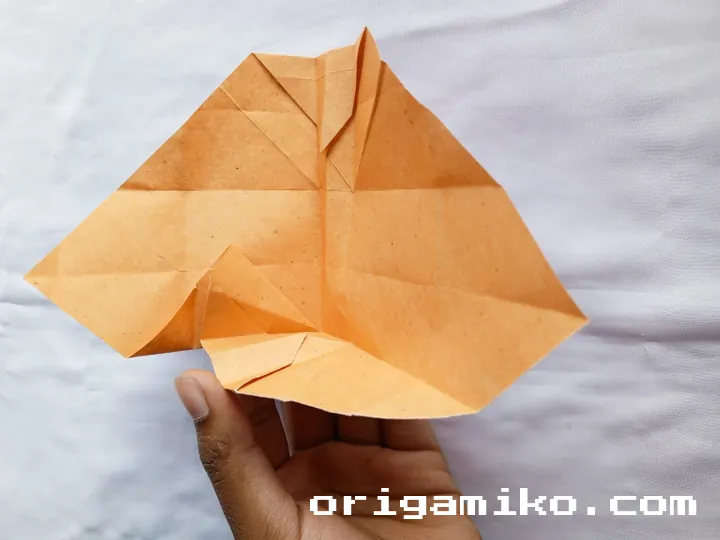
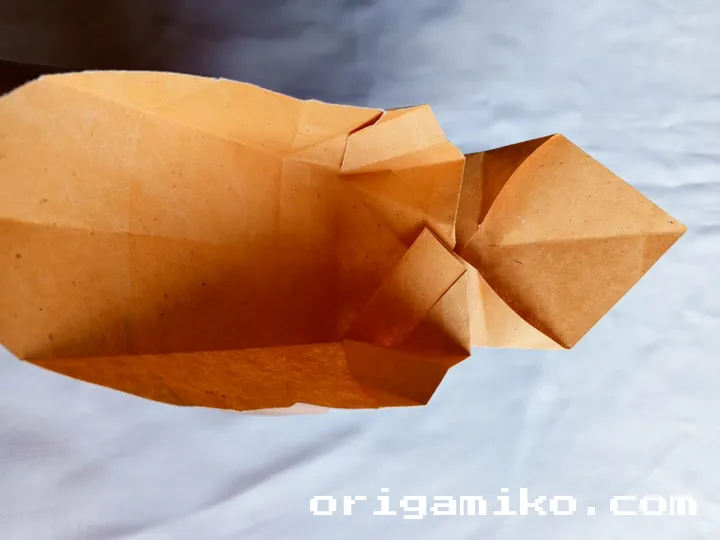
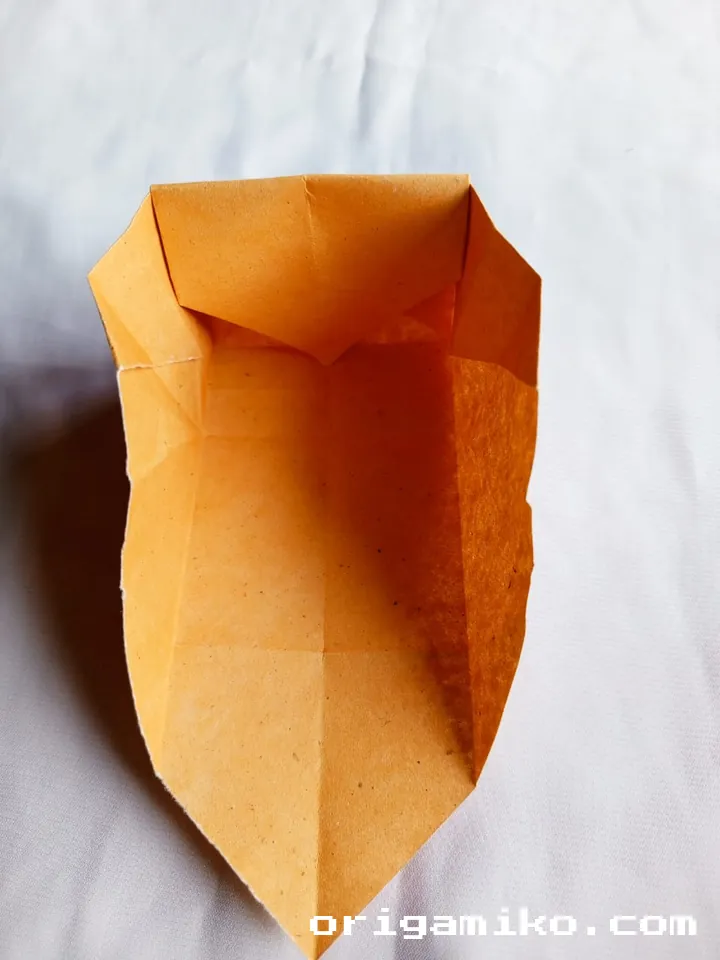
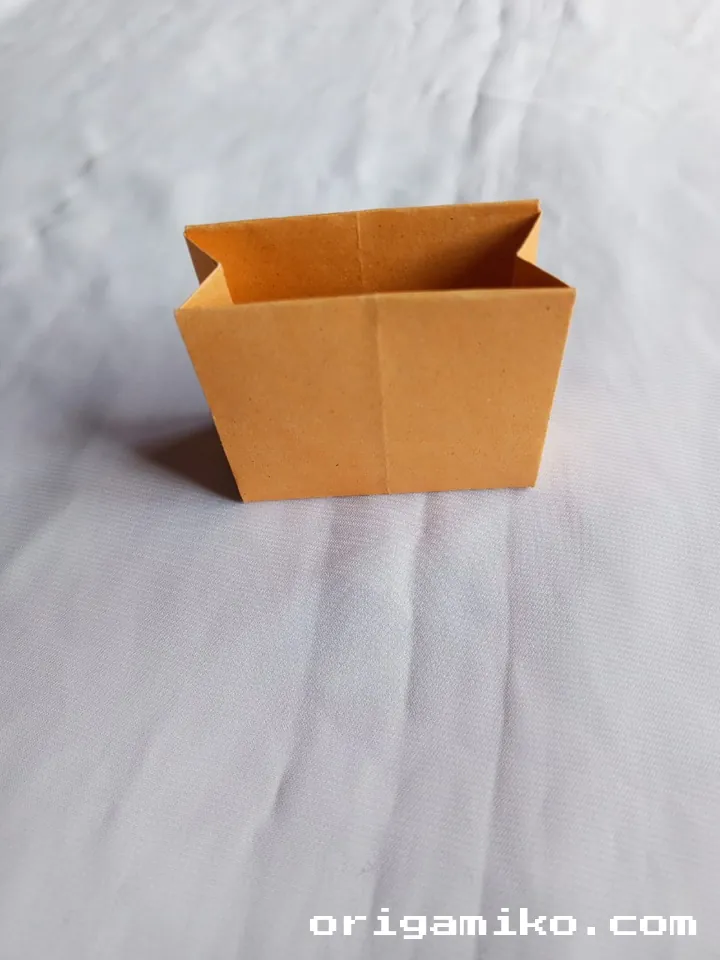
- Fold the two vertical sides in again (same as before).
- Then fold the top edge down to the center. Crease.
- Fold the bottom edge up to meet the center as well. Crease.
You now have a kind of folded-up envelope with layers. These folds help shape the bag’s body.
Step 6: Add Long Paper Strips for Handles
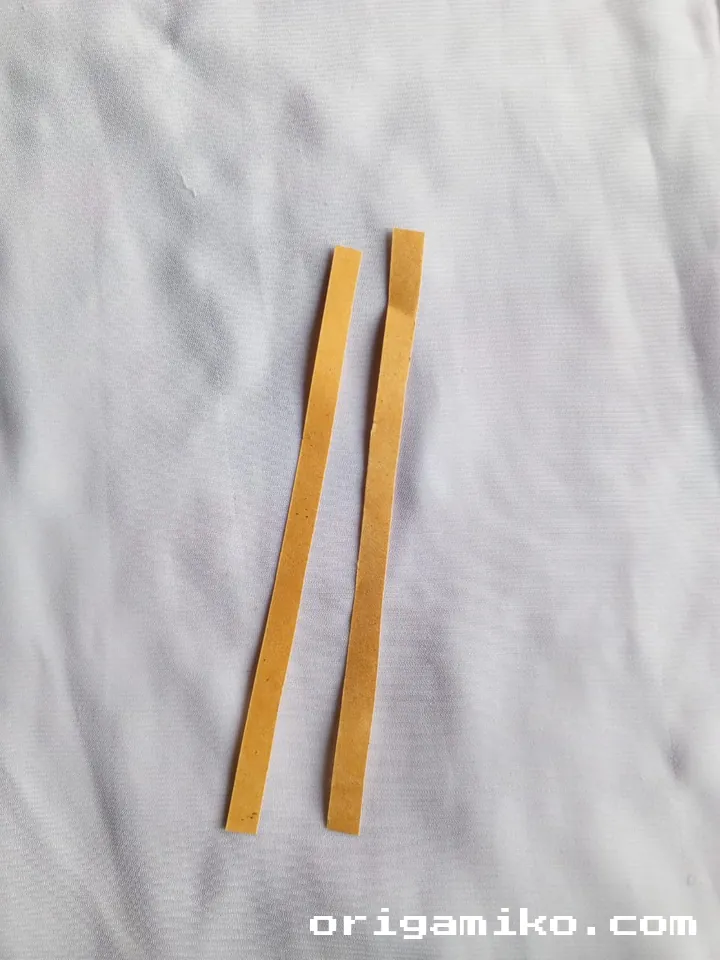
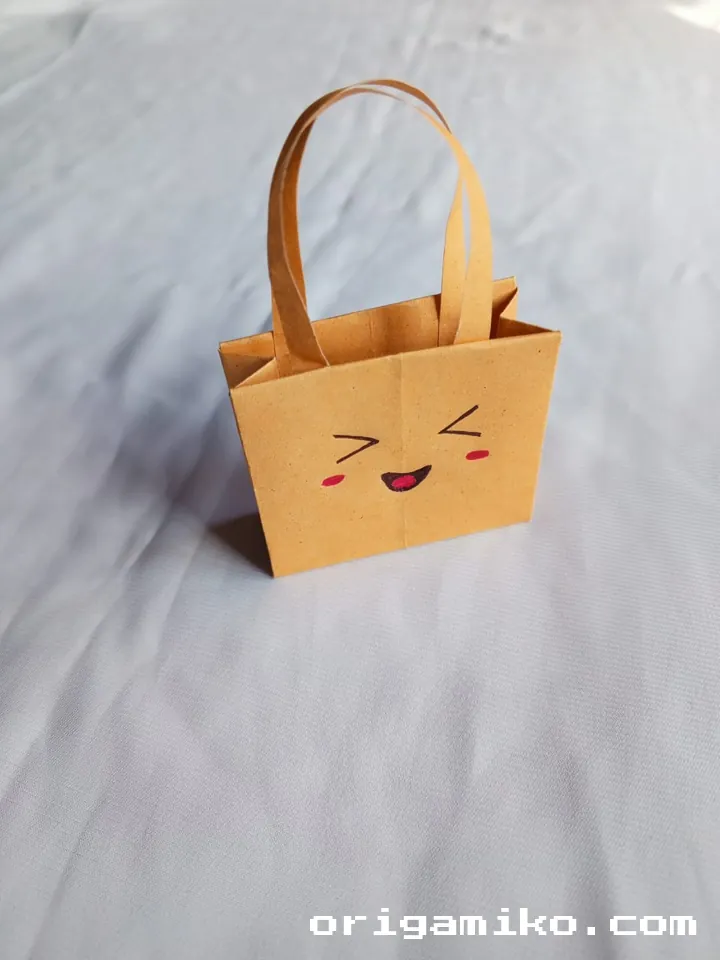
- To finish, add two long strips of paper to act as handles.
- Glue or tape them to the inside or outside edges of the minibag—your choice.
And that’s it! You’ve just finished making an easy Origami minibag. Looks amazing, doesn’t it?
Let’s Break It Down: Key Origami Terms
Here’s a quick glossary if you’re new to folding:
Crease
The sharp fold line you press into the paper.
Valley Fold
A basic fold where the paper folds toward you, like a valley.
Mountain Fold
The opposite of a valley fold—it folds away from you.
Squash Fold
Used in more advanced origami, where you flatten a folded section.
Reverse Fold
Folding a flap of paper back the opposite direction, usually to tuck in a point or edge.
Tips for Success
Want to make your minibag cleaner, neater, and better? Try these:
- Use thinner paper: Easier to crease, holds shape better.
- Make sharp folds: Press down hard, or run over it with a ruler.
- Stay patient: Don’t rush the folds—precision matters more than speed.
- Keep fingernails clean: Sounds weird, but dirty nails smudge light-colored paper.
- Practice on scrap paper: Before using your favorite patterned sheets.
Common Mistakes and How to Avoid Them
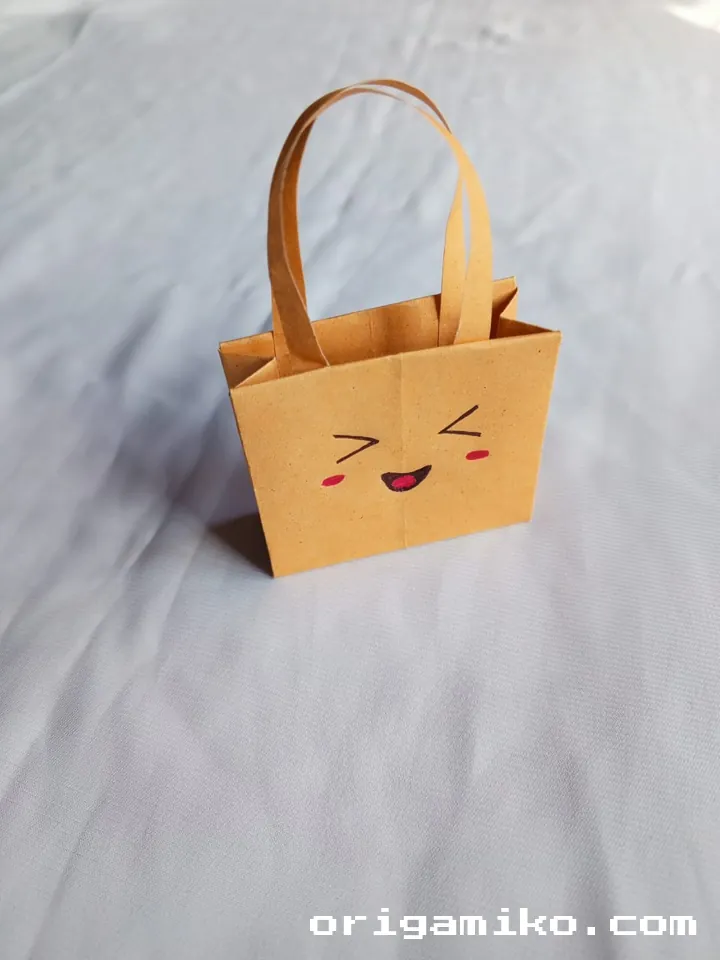
Even I’ve made a few of these. Here’s how to dodge them.
- Mistake: Uneven creases
Fix: Line up the edges carefully before pressing down. - Mistake: Ripping the paper
Fix: Don’t over-crease. Fold gently at first, then press. - Mistake: Handles falling off
Fix: Use a strong glue or double-sided tape, and press firmly. - Mistake: Bag won’t stay upright
Fix: Reinforce the base with a small square insert cut from cardboard.
Similar Variations You Can Try
Once you’ve nailed this basic minibag, try these twists:
- Mini Origami gift bags: Add flaps or side folds for more volume.
- Origami tote bag: Use a larger sheet and longer handles.
- Pocket-fold minibags: Skip the handles, use as envelopes or wallets.
- Pattern mix: Use double-sided paper for contrast inside and out.
FAQs
Q: Can I use printer paper?
A: Yes! Just cut it into a square. It’s great for practice.
Q: Is this good for kids?
A: Totally. Kids love it—and it’s simple enough with guidance.
Q: Can I decorate it afterward?
A: Absolutely. Add stickers, stamps, or even write names on it for party favors.
Q: How strong is it?
A: Strong enough for lightweight stuff—notes, candies, or trinkets.
Final Thoughts
This easy Origami minibag project is the perfect mix of fun and function. You get to flex your creativity, sharpen your folding skills, and end up with something adorable and practical.
Try it once, and you’ll want to make a dozen. Keep experimenting with sizes, patterns, and purposes. The journey of paper folding is full of surprises—and this is just one of the many magical turns.
Still wondering how to make minibag? Scroll back up and fold with me again!
Enjoyed this? Check out my other folding guides like the Origami Triangle Box or Card Holder for more papercraft fun!
CopyEdit

